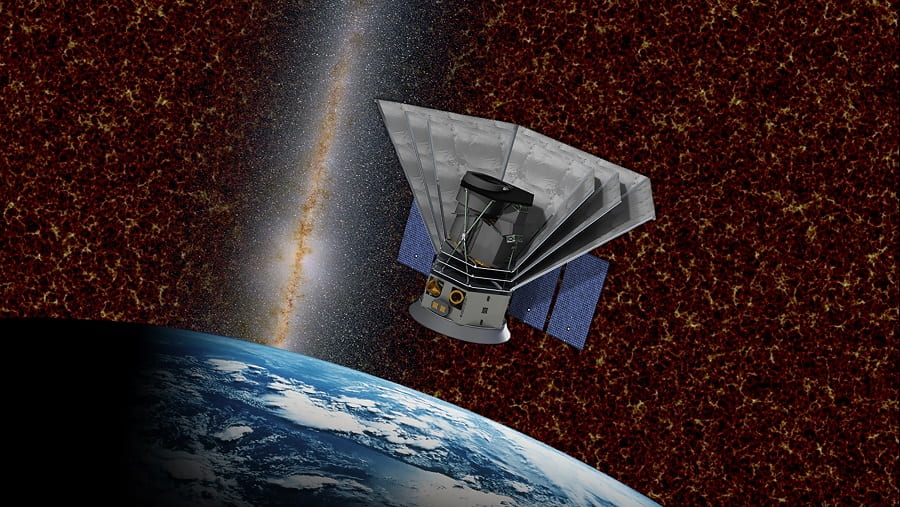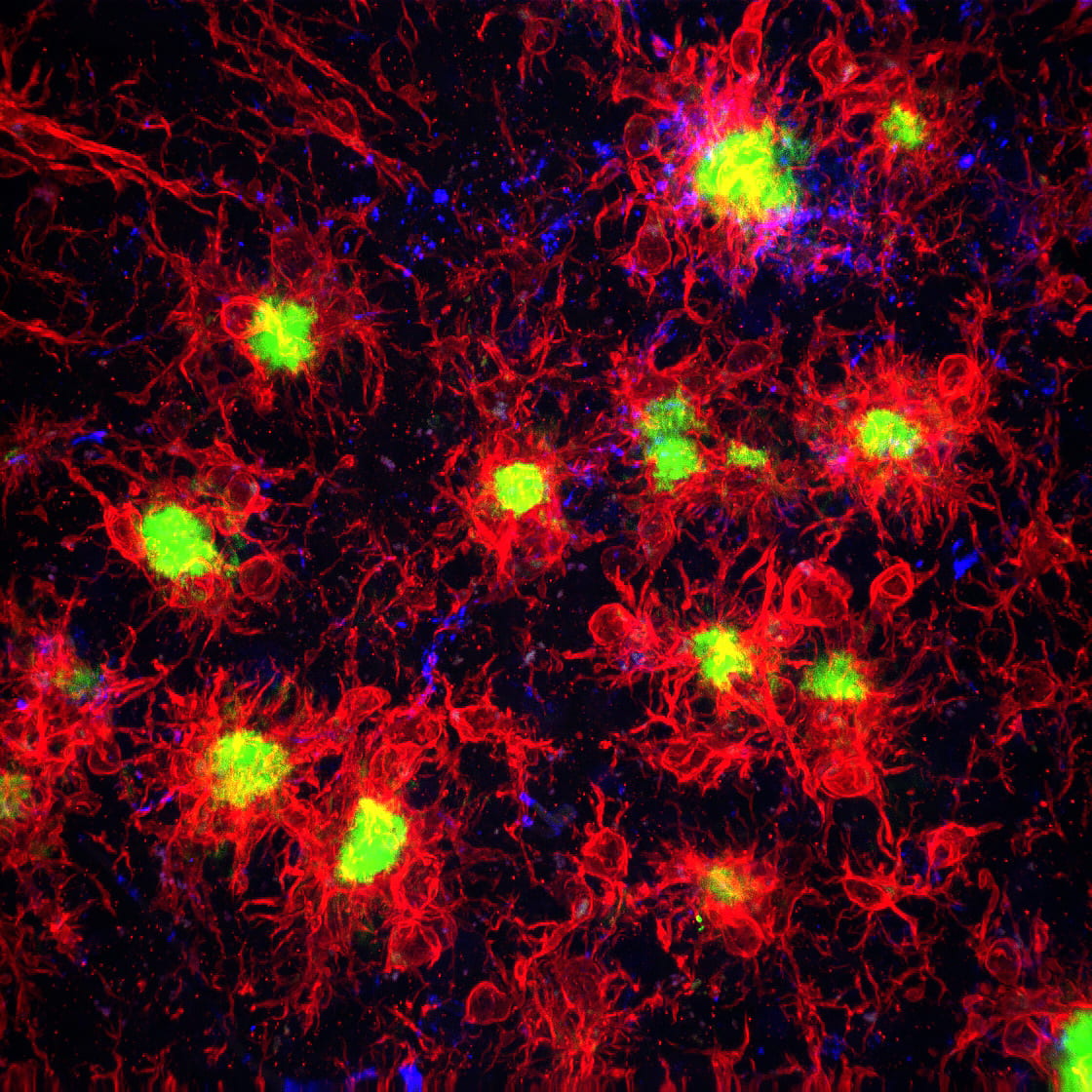UCI astronomers to study galaxy formation with newly funded NASA space telescope

UCI’s Frederick Reines Hall is home to happy astronomers after this week’s announcement of NASA’s selection of the new Spectro-Photometer for the History of the Universe, Epoch of Reionization and Ices Explorer mission. The two-year, $242 million SPHEREx is targeted to launch in 2023. Asantha Cooray, UCI professor of physics & astronomy, will head one of the three main science investigations. His group will use the telescope-based craft to make measurements to determine how galaxies formed throughout the history of the universe. Astronomers will also employ SPHEREx to study water and ice in the Milky Way to learn how planets come to possess oxygen and other molecules crucial for life. Additionally, the mission will aid in a statistical analysis of the nearby galaxy distribution to shed light on the physics of cosmic inflation, the rapid expansion of the universe during its birth. “All three of these scientific pursuits will be possible with SPHEREx because of how it will measure the spectrum of the night sky from visible to infrared light,” Cooray said. “When it launches in a few years, our hope is that it will help us get a better handle on when and how the first stars and galaxies formed and how many there were, as well as understand whether they formed everywhere in the universe or in particular locations for some reason.” James Bullock, UCI professor and chair of physics & astronomy, said, “This is going to open a new window into the origin and evolution of galaxies, and I’m thrilled that UCI is playing a leading role. Usually when we study the universe in a new way, we learn something surprising, so it will be fun to see what this bold program reveals.”


